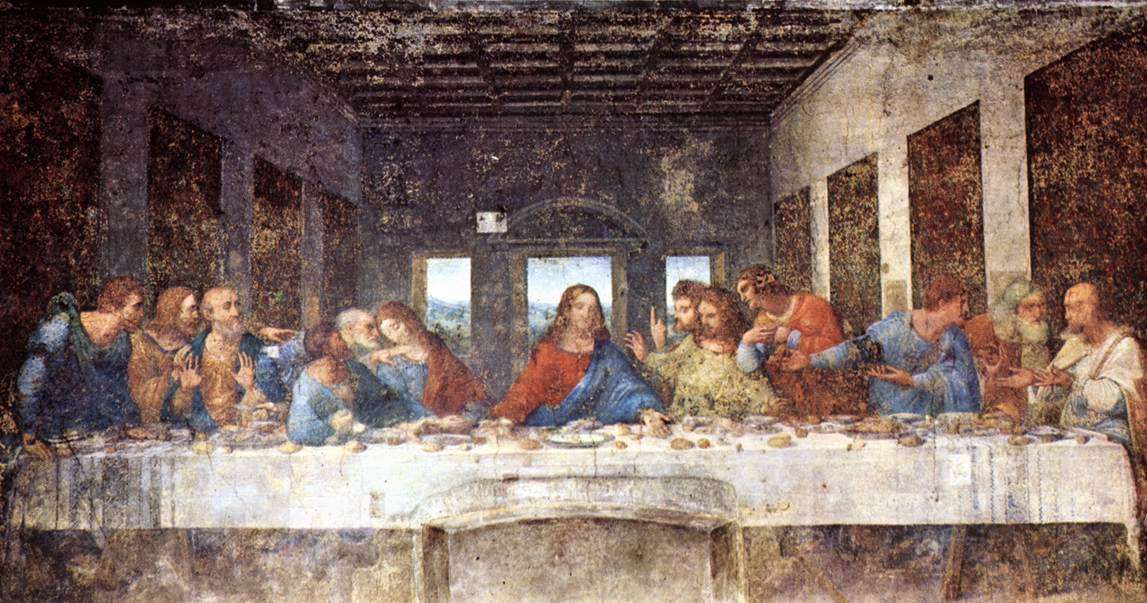Growing up in the 1960s, I only experienced the fag end of the craze for paint-by-numbers. I remember the keyed palettes and the enigmatic undulating forms which, when coloured in according to plan, resolved themselves into a picture of this or that – a seaside scene; a large-eyed puppy; a Swiss chalet at sunset; an Indian chief in full headdress clutching a tomahawk. But I can’t say they enchanted me. They came in cheap-looking books printed on coarse, semi-absorbent paper like the scratchier sort of loo-roll. Felt-tips were the prescribed artist’s medium. My felt-tips always seemed to be running out. I’d fill in all the red bits only to find that I’d left the top off my blue and it had gone dry. After a minute or two of cursory, arid scratching, I would end up with a mainly white sky (how very English) with all of the numbers still showing. I don’t think I ever completed a single one.
Part of the problem was probably the debased format of the colouring book. I have spoken to several friends who remember being given proper paint-by-number gift sets - complete with primed and stretched canvas, little easel, palette and oil paints - and the story is different. One of them recalls the process of watching the image on the canvas “develop and unfold” as a veritable epiphany of her childhood: a kind of painted-by-numbers Proustian madeleine. Another (an editor on this very magazine) speaks with reverential awe of the tiny little pots of ready-mixed oil colours that came with each eagerly awaited package. “They were like the little pots of enamel paint that you would get with Airfix sets, but so much more lovely and wonderful. These beautiful little streamlined pots, each with its tiny pool of colour inside...


